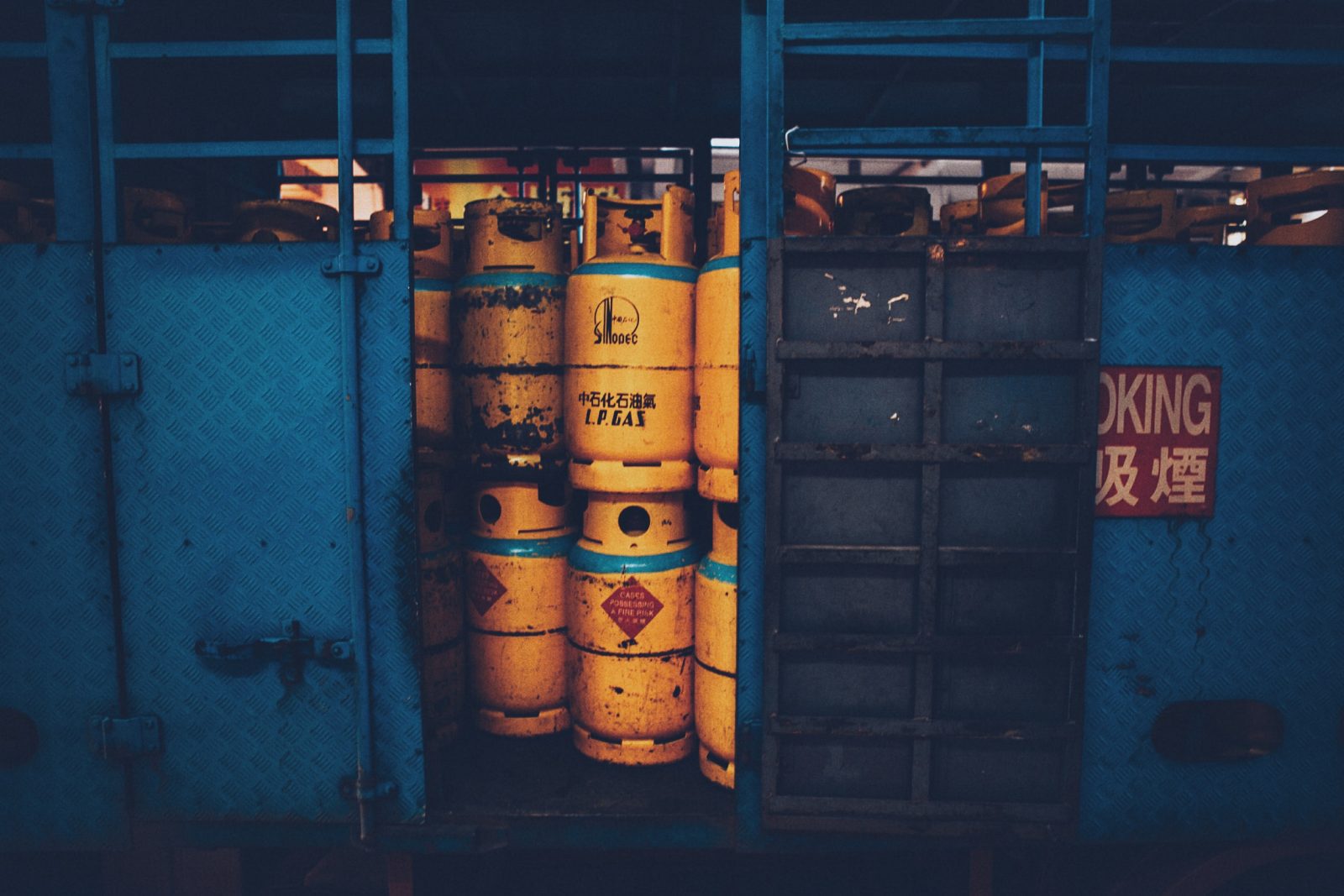
Background
In September 2020, China announced its ’30·60′ decarbonisation goal, aiming to reach the peak of carbon emissions by 2030 and achieve carbon neutrality by 2060. In March, Sinopec, the state-owned China Petroleum & Chemical Corporation, announced an ambitious commitment to achieve carbon neutrality by 2050; 10 years ahead of the national goal, and peak carbon dioxide emissions before the national target. The company also committed to accelerating the development of new energy business, specifically hydrogen energy. In doing so, Sinopec aimed to set the company on a new trajectory and to establish a new image of itself as “clean, low-carbon, and industry-leading.”
How well have they done to earn these accolades so far? Under the umbrella of Climate Action 100+ (the Initiative), the investor group has been engaging with the company for 5 years and recognises that Sinopec has indeed reduced its overall greenhouse gas emissions and intensity (See Table 1 below), whilst integrating climate change into its development plan, and has continuously improved its energy management.
Table 1
| Year | Sinopec’s GhG emissions per million tonnes C02 equivalent |
| 2020 | 171 |
| 2021 | 173 |
| 2022 | 162 |
With Sinopec’s ambition set high, lead investors engaging the company continue to support the company’s journey to net zero via constructive dialogues discussing:
- How to monitor progress on their climate-related strategies and targets, including in the short and medium term.
- Understanding the measures implemented by Sinopec to stay on track to meeting their goals.
Progress to date
Overall, the Climate Action 100+ Sinopec Investor Group maintains a strong rapport with the company. Lead investors have described the engagement process as relatively smooth, facilitated by a consistent reciprocal dialogue, and have acknowledged discernible progress.
Since 2021, Sinopec has announced:
- A strengthening of climate governance, a core goal of the Initiative. The company restructured the CSR Management Committee into the Sustainability Committee (established under the Board), expanding its oversight and further promotion of the integration of sustainability issues within the Company’s operations.
- The company incorporated ESG indicators, including climate-related indicators, into the performance appraisal, linking director and senior manager remuneration to ESG .
- In addition, the company has become a lot more vocal on exploring the energy transition opportunity, through launching photovoltaic green hydrogen projects in 2022. Progress has been recognised via multiple channels throughout 2023.
Further evidence of the companies’ progress and their strategy can be found in their sustainability reports (listed in Resources and References below).
How can collaborative engagement work for state-owned enterprises?
With SOEs like Sinopec, investors face a unique set of barriers compared with other engagements. As SOEs tend to align their objectives and policies with those set by their home governments, institutional investors and other minority shareholders tend to take a less prominent role in decision-making.
Additionally, as one of the lead investors points out, it is important to recognise that SOEs are expected to shoulder broader social responsibilities. These responsibilities may include ensuring stable employment, contributing to national security, and investing in strategic technologies. As a result, particularly during times of economic pressure, there might be some interest misalignment between minority shareholders and the controllers of SOEs.
In these cases, investors will likely need to adjust their expectations and remain flexible enough to develop short-term engagement milestones, whilst still focusing on key priorities.
While acknowledging underlying constraints and actively embracing challenges in achieving engagement outcomes, collaborative engagement greatly amplifies the voice of investors. It enables diverse stakeholders to contribute their unique expertise, insights, and resources, facilitating more effective dialogues with companies and, ultimately, fostering positive changes. Examples of this that lead investors have chosen to employ at Sinopec are:
- Developing positive relationships and fostering trust: Investors first and foremost want to sustain the open dialogue that has been fostered and continue to build trust.
- Leading by example: Investors aim to encourage the company to team up with peers, industry organizations, and other relevant stakeholders to drive green transition in China’s oil and gas (O&G) industry.
- Disclosure guidance: Investors want to help Sinopec work towards better disclosures with reference to well-established international disclosure frameworks and standards which all stakeholders can benefit from.
- Sharing of international best practice: Investors with different expertise help support and guide the company’s decarbonization journey by providing peer comparison and gap analysis from time to time.
- Other Stewardship approach: Investors may also consider using voting tactics as escalation measures in the future.
In addition, investors engaging with Sinopec have found the Net Zero Company Benchmarks a useful resource for engagement, in particular, focusing upon:
- Indicator 1: Net-zero GHG Emissions by 2050 (or sooner) ambition
- Indicator 5: Decarbonisation strategy
- Indicator 8: Climate Governance
- Indicator 10: TCFD Alignment
In conclusion, while there may be a unique set of challenges to engagement with SOEs, investors are encouraged by progress to date and look to maintain an open dialogue and trusted partnership with Sinopec as it aspires to fulfil its vision as leading the O&G industry toward net zero.
Resources and References
- 2020 Sinopec Corp. Sustainability Report
- 2021 Sinopec Corp. Sustainability Report
- 2022 Sinopec Corp. Sustainability Report